To maintain and expand the market, businesses need to strengthen control over growing areas and traceability systems, in which ensuring fruit quality must always be considered a vital factor.
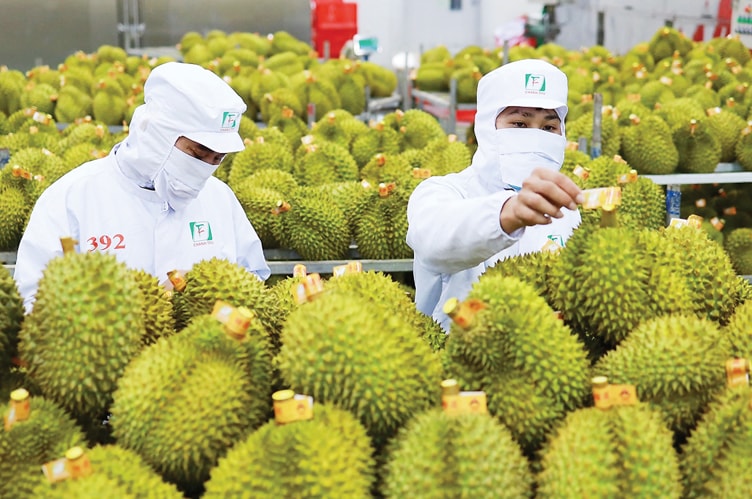
Unforeseen consequences
The incident of many batches of Vietnamese durian exported to China being discovered to not meet food safety standards (containing Cadmium, Yellow O...) is negatively affecting this billion-dollar industry. This not only warns about ensuring food safety but also poses a major challenge to the quality management capacity and export reputation of Vietnamese agricultural products.
Dang Phuc Nguyen, General Secretary of the Vietnam Fruit and Vegetable Association, said that since the beginning of 2025, the reaction from Vietnam's largest durian import market, China (accounting for over 90% of the market share), has been extremely tough. This country has applied 100% inspection measures for all durian shipments from Vietnam instead of random inspections as before. Dozens of codes for growing areas and related packaging facilities have been temporarily suspended from export; 5 Vietnamese labs testing for banned substances have been disapproved by China.
Due to continuous warnings about food safety, Vietnam's durian exports have been greatly affected: If in 2023 and 2024, Vietnamese durian grew "rapidly", reaching a turnover of 2.1 billion USD and about 3.2 billion USD respectively; at one point surpassing Thailand, taking the number 1 position in the Chinese market, then in 2025 it was completely reversed. In the first 4 months of 2025 alone, the total export value of this item only reached 183 million USD, down 60.9% over the same period, the Chinese market alone was 105.7 million USD, down 75.5%...
In addition, in the first months of 2025, many shipments of fresh fruits exported from Vietnam such as jackfruit were warned by China that they did not meet plant quarantine and food safety requirements, affecting the reputation and brand of Vietnamese agricultural products. Three shipments of dragon fruit exported from Vietnam to France and the Netherlands were also warned of pesticide residue exceeding the permitted threshold. Therefore, the total export value of fruits and vegetables in the first 5 months of 2025 only reached 2.24 billion USD, down 16% compared to the same period in 2024.
Notably, for businesses, each container of goods worth billions of dong is at risk of being stuck at the border gate, with customs clearance time of 7-10 days, leading to increased storage and preservation costs, risk of damage, and possible return... leading to many units having to temporarily suspend export activities. Meanwhile, this is the main harvest season for many fruits (durian, jackfruit, dragon fruit, lychee, plum...), the problems that arise make consumption difficult, businesses and farmers are likely to suffer losses...
Strict quality control
Currently, the market space for Vietnamese fruits and vegetables is very large, but to achieve the set goals and compete for sustainable exports, it requires that Vietnamese fruit and vegetable products must further improve in quality.
General Director of Red Dragon Production, Trade and Service Company Limited ( Ho Chi Minh City) Mai Xuan Thin shared that for businesses to export sustainably, their products must meet the quality standards required by their partners. Therefore, businesses need to continue to cooperate with cooperatives to strictly manage growing area codes, control quality from the root; at the same time, invest in preservation technology, access international technical standards to diversify products, expand consumption markets...
According to Deputy Director of the Vietnam SPS Office ( Ministry of Agriculture and Environment ) Ngo Xuan Nam, for agricultural products to be successfully exported, transparency and close coordination of food safety measures are "vital" conditions. Suppliers need to change their production mindset, meet strict standards from partners, shift to green and sustainable production; need to closely link farmers and cooperatives to organize production to meet standards in each stage of the supply chain. In the long term, the fruit and vegetable industry needs to increase investment in deep processing to increase added value...
To achieve the target of exporting fruits and vegetables to 8 billion USD in 2025, along with building and managing good growing areas, timely updating of technical requirements from importers will help Vietnamese fruits and vegetables penetrate large markets.
Minister of Agriculture and Environment Do Duc Duy said that provinces and cities need to strengthen inspection and supervision of growing areas and export packaging facilities; develop plans and organize the implementation of food safety monitoring programs and quality standards for exported fruits in growing areas and packaging facilities that have been granted codes, combined with propaganda, training, and widespread dissemination of regulations of importing countries.
In particular, the competent authority needs to announce the temporary suspension of all codes for growing areas and packaging facilities in cases of non-compliance with plant quarantine and food safety regulations. Enterprises need to form a closed chain, encourage investment in cold storage, logistics centers, modern processing facilities... These are key factors to improve the quality and competitiveness of Vietnamese fruits and vegetables in the international market...
Source: https://hanoimoi.vn/khac-phuc-sut-giam-xuat-khau-rau-qua-yeu-to-song-con-la-chat-luong-707325.html





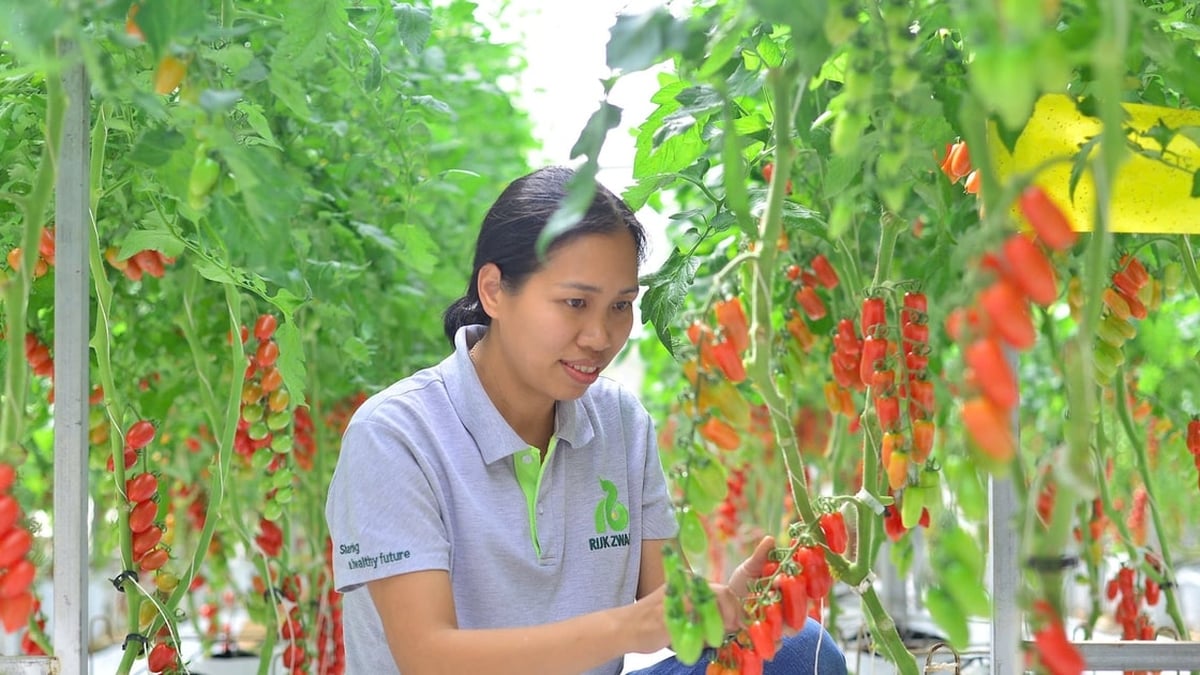

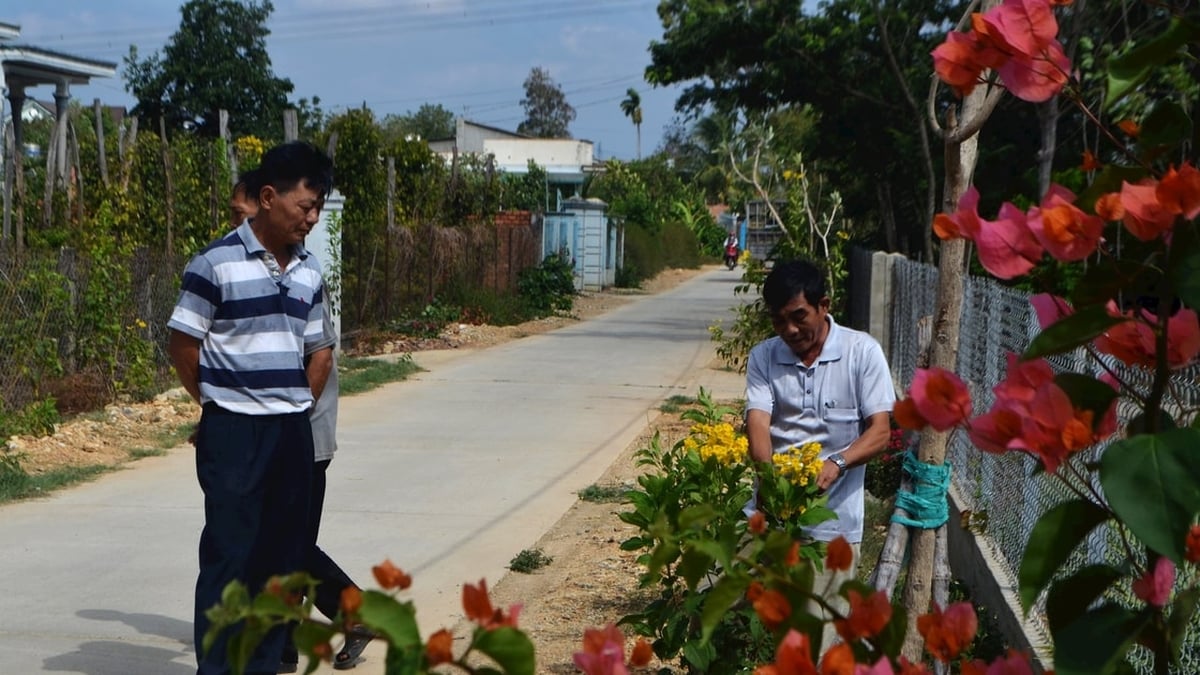

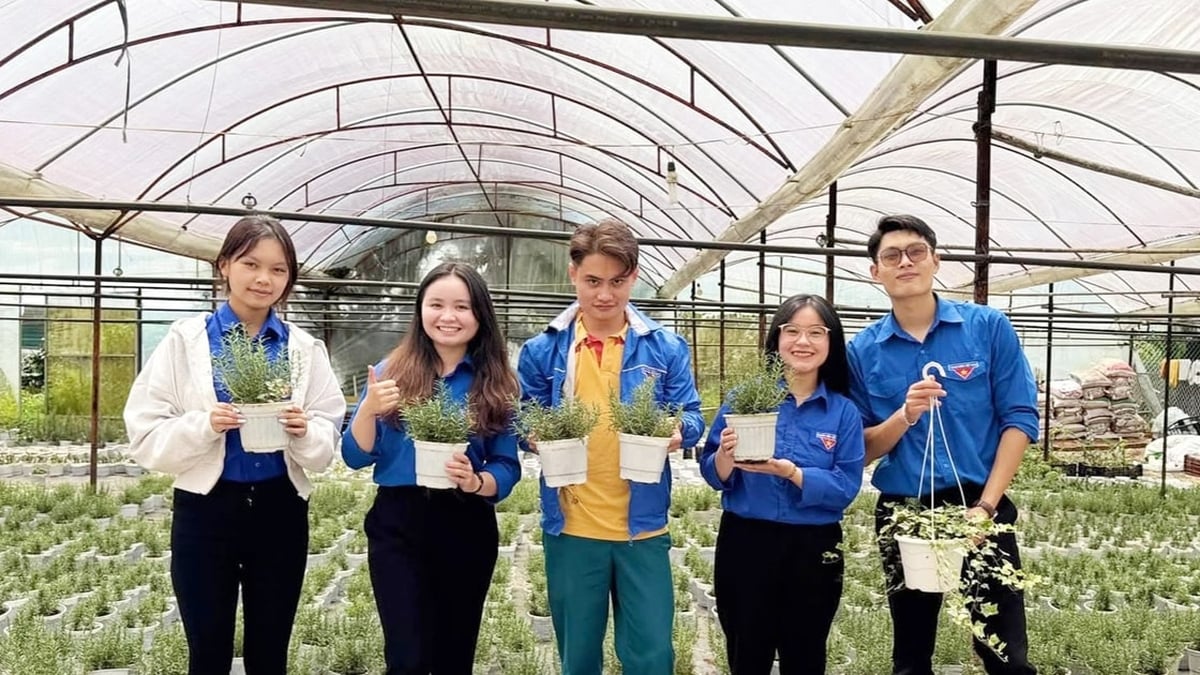





















![[Photo] Gia Lai provincial leaders offer flowers at Uncle Ho's Monument with the ethnic groups of the Central Highlands](https://vphoto.vietnam.vn/thumb/1200x675/vietnam/resource/IMAGE/2025/7/9/196438801da24b3cb6158d0501984818)

















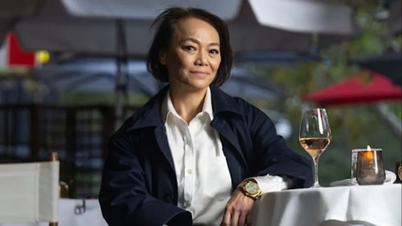









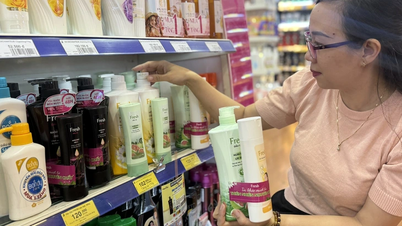













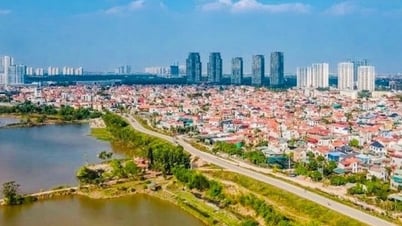












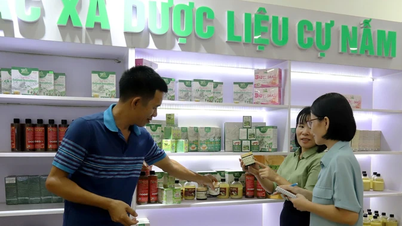
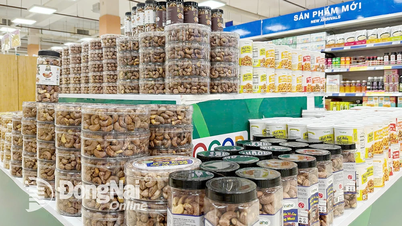

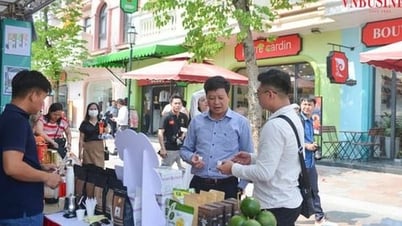

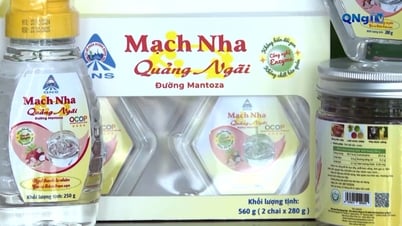

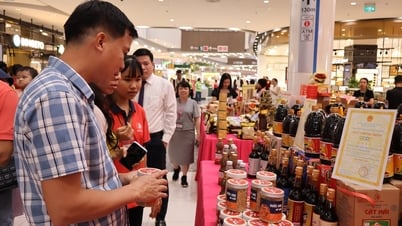


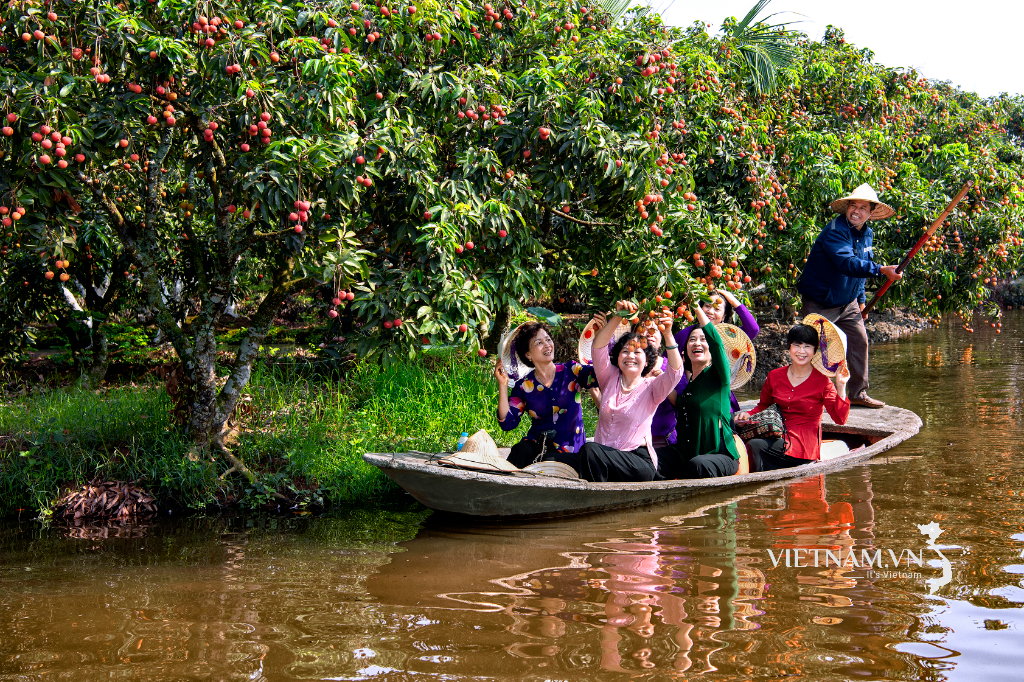



Comment (0)